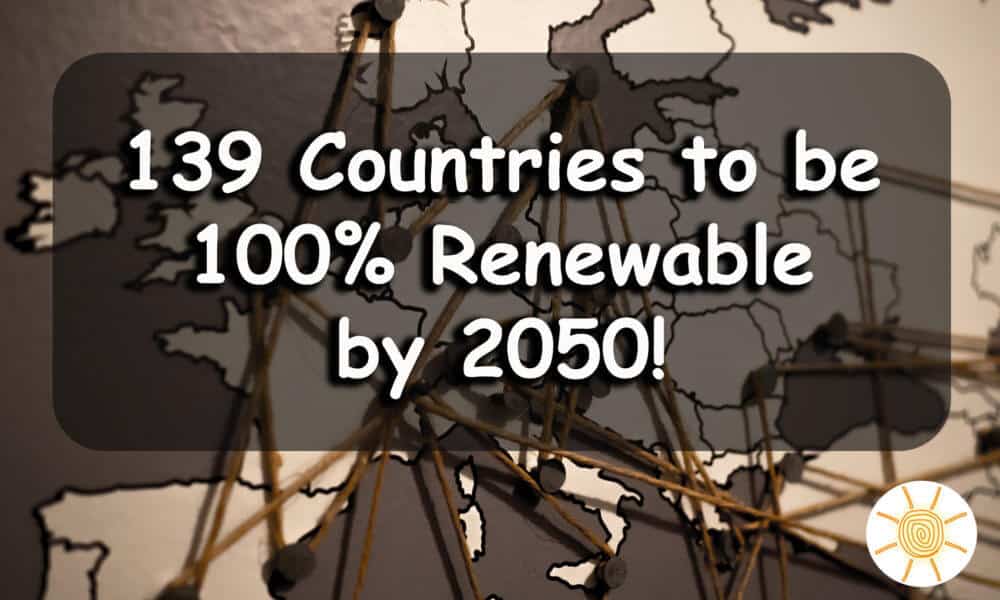A group at Stanford has set forth the most specific global vision for renewables to date, 139 countries to be entirely powered by wind, water, and sunlight by 2050.
This transition would mean less energy consumption because of the use of renewable electricity, and increase of over 24 million long-term jobs, a decrease of 4-7 million air pollution deaths per year, and an annual savings of over $20 trillion in health and climate costs. The work appeared in the Aug 23rd journal Joule, Cell Press’s new publication that focuses on sustainable energy.
For each of the 139 countires, they assess the raw renewables available, the number of wind, water, and solar energy generators needed to be 80% renewable by 2030 and 100% by 2050, how much land and rooftop area needed, and how the approach would reduce energy demand.
This initiative has been criticized because of the sizable investment it takes to move the country to the desired goal. The overall cost to the society of the proposed system is one-fourth of the currently implemented fossil fuel system. The investment more than pays for itself over time by nearly eliminating costs to personal health and the environment.

